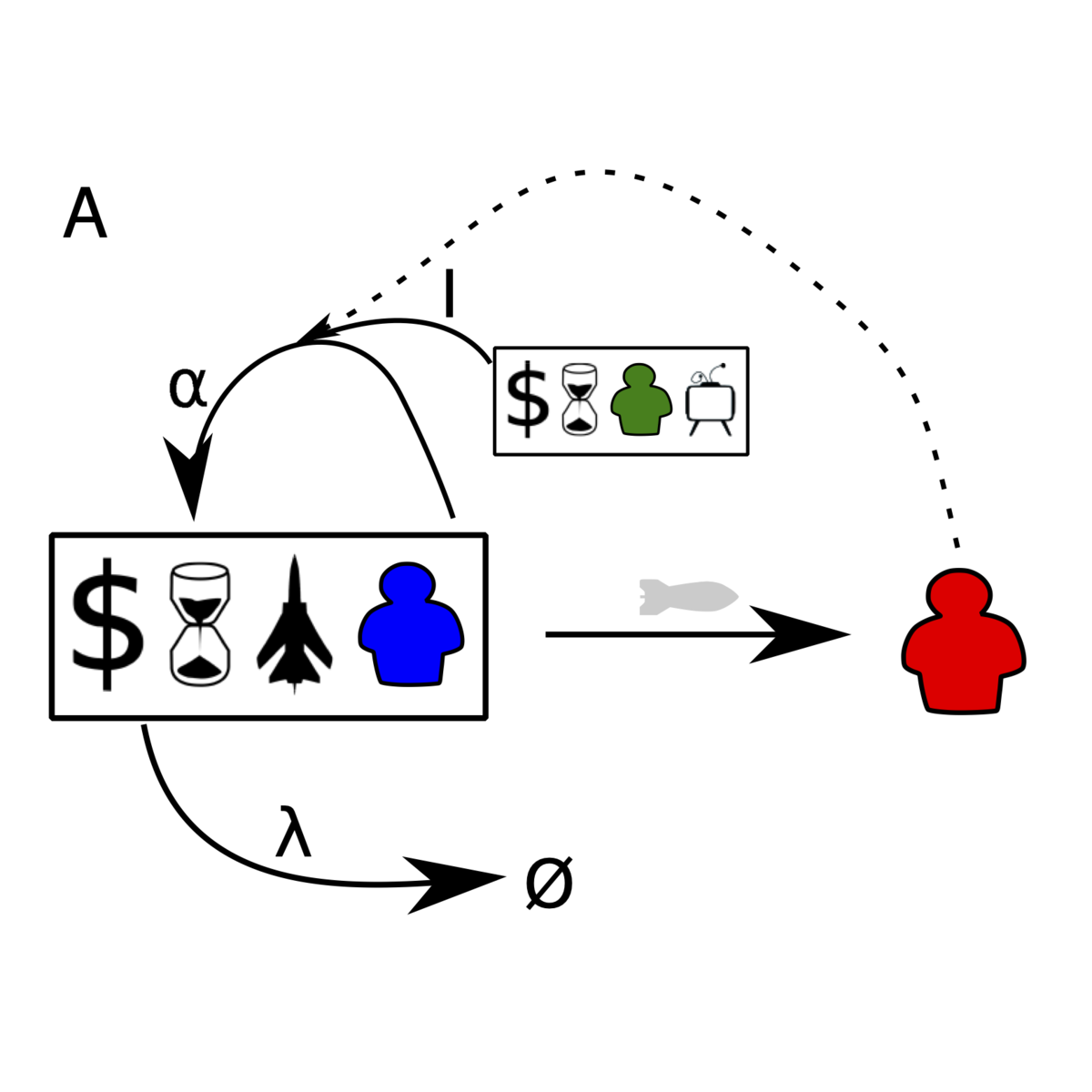Quantitative patterns in drone wars
J. Garcia-Bernardo, P. S. Dodds, and N. F. Johnson.
Physica A, 443, 380–384, 2016

Times cited: 7
Abstract:
Attacks by drones (i.e., unmanned combat air vehicles) continue to generate heated political and ethical debates. Here we examine the quantitative nature of drone attacks, focusing on how their intensity and frequency compare with that of other forms of human conflict. Instead of the power-law distribution found recently for insurgent and terrorist attacks, the severity of attacks is more akin to lognormal and exponential distributions, suggesting that the dynamics underlying drone attacks lie beyond these other forms of human conflict. We find that the pattern in the timing of attacks is consistent with one side having almost complete control, an important if expected result. We show that these novel features can be reproduced and understood using a generative mathematical model in which resource allocation to the dominant side is regulated through a feedback loop.
- This is the default HTML.
- You can replace it with your own.
- Include your own code without the HTML, Head, or Body tags.
BibTeX:
@article{garcia-bernardo2016a,
author = {Garcia-Bernardo, Javier and Dodds, Peter Sheridan and
Johnson, Neil F.},
title = {Quantitative patterns in drone wars},
journal = {Physica A},
year = {2016},
volume = {443},
pages = {380–384},
}